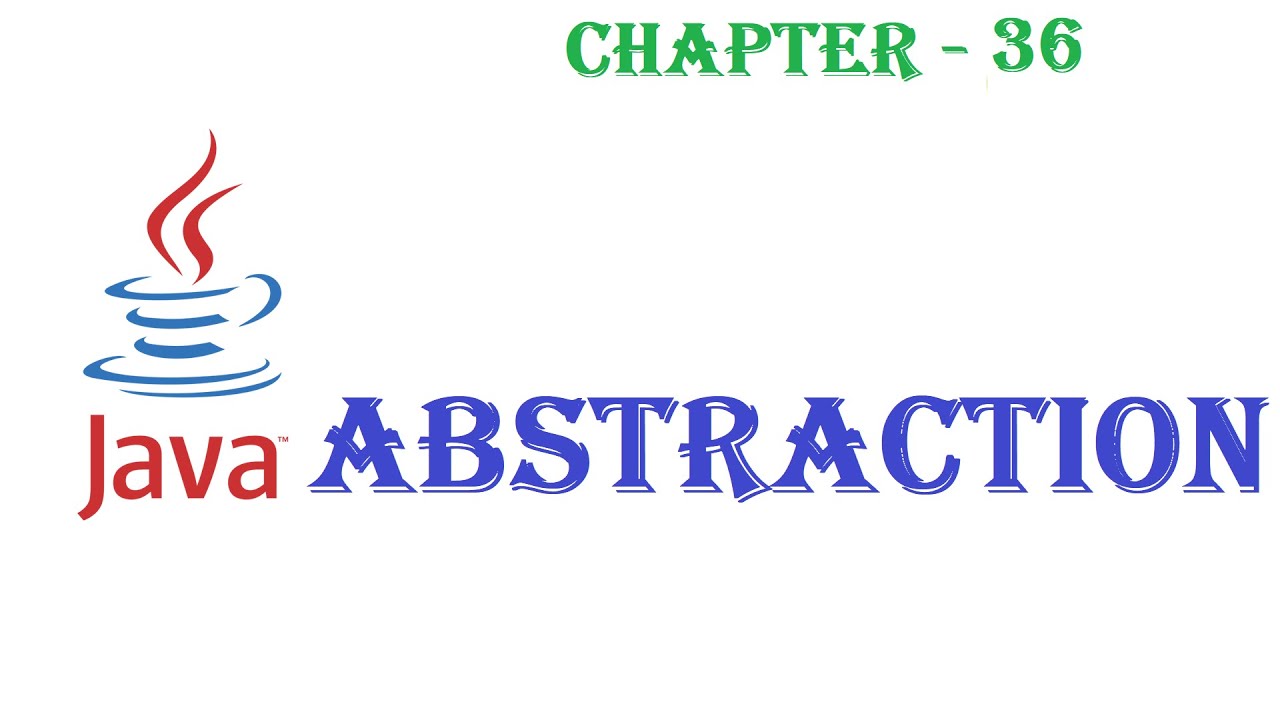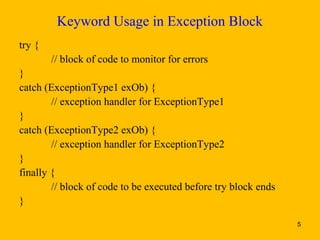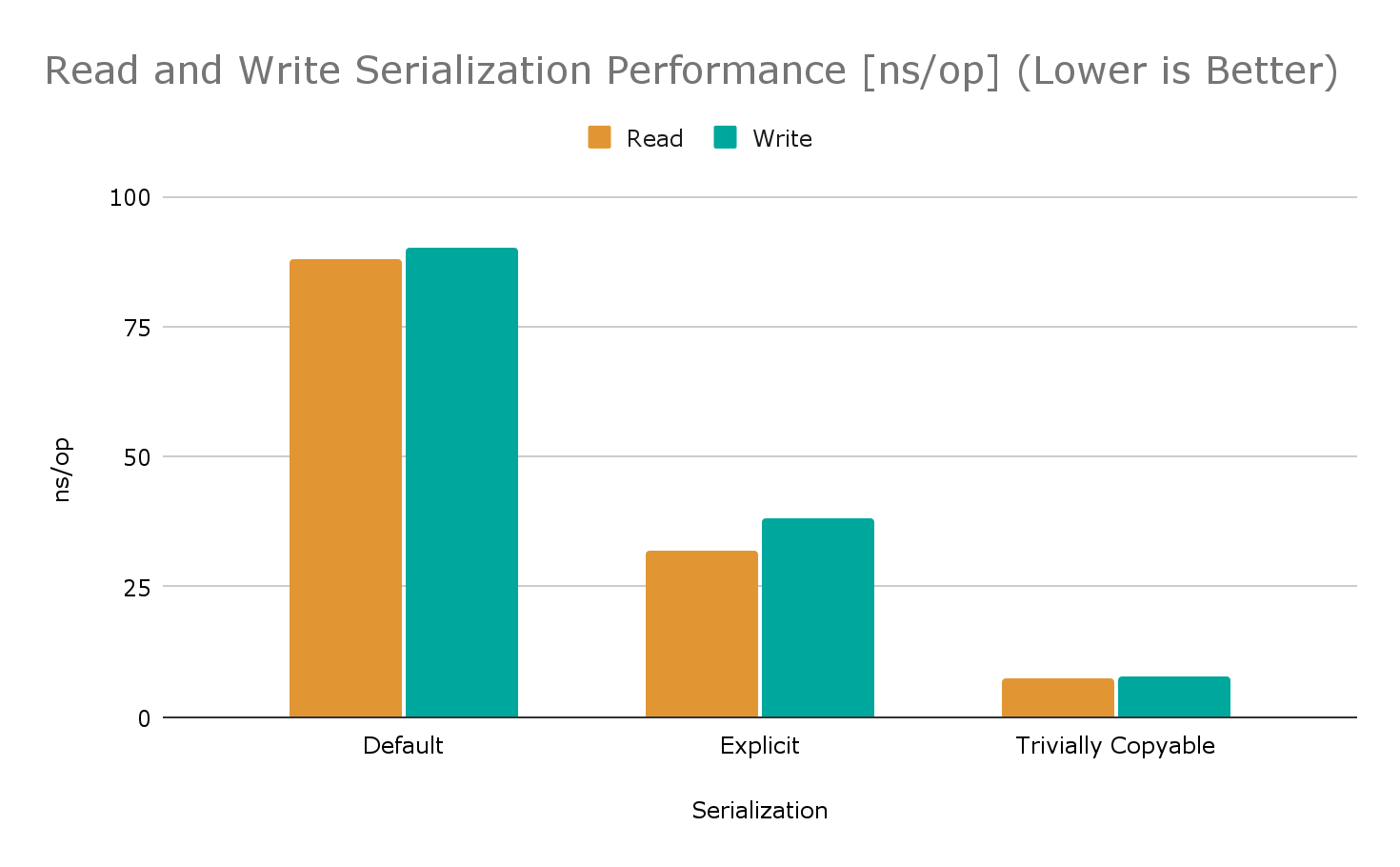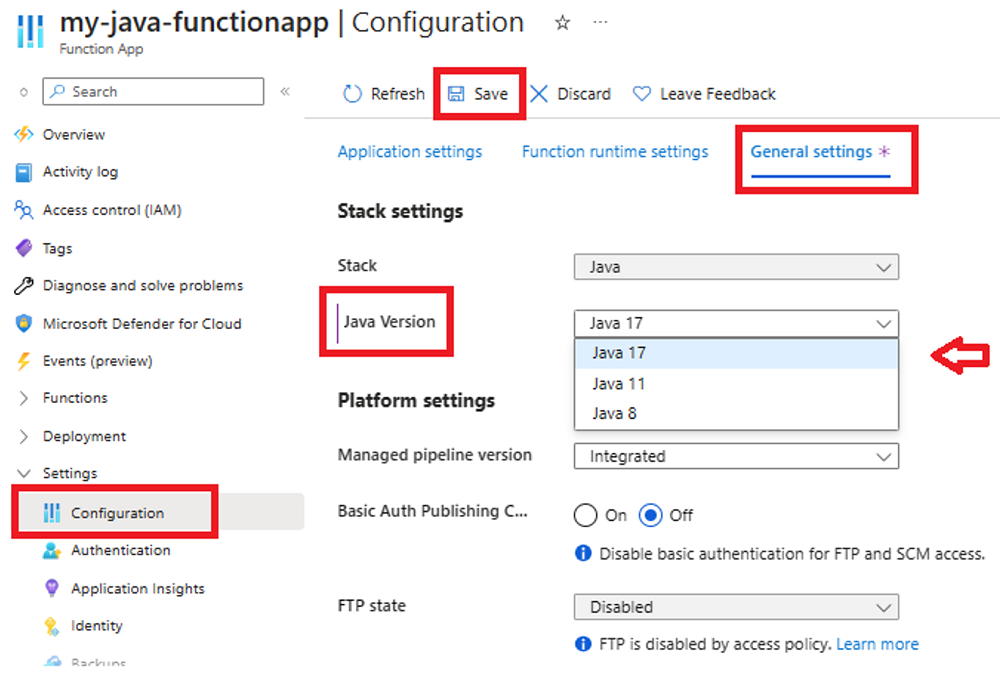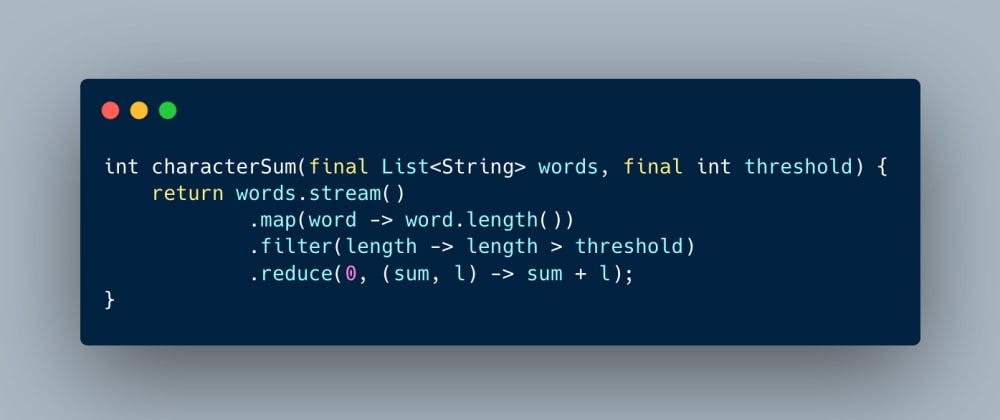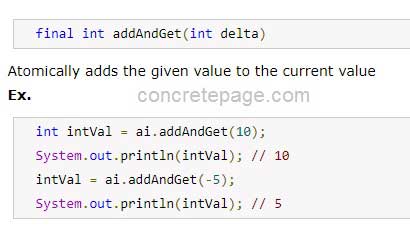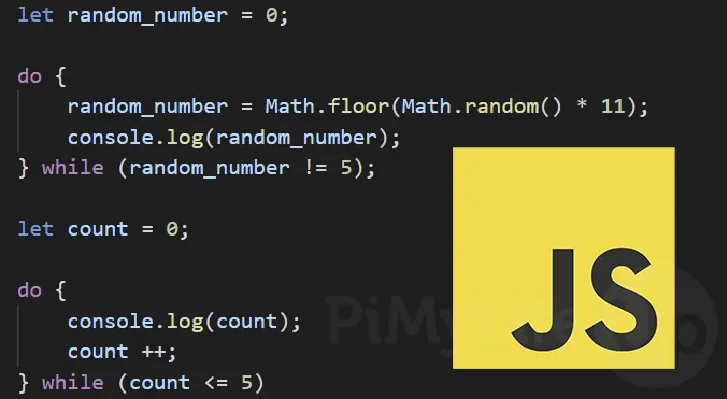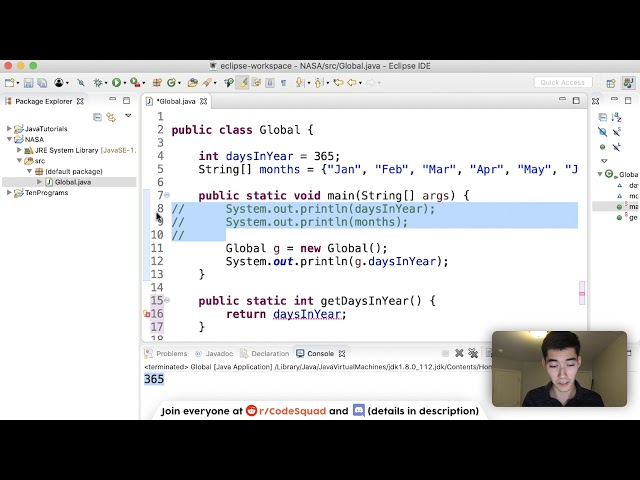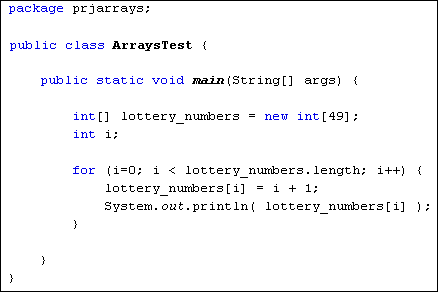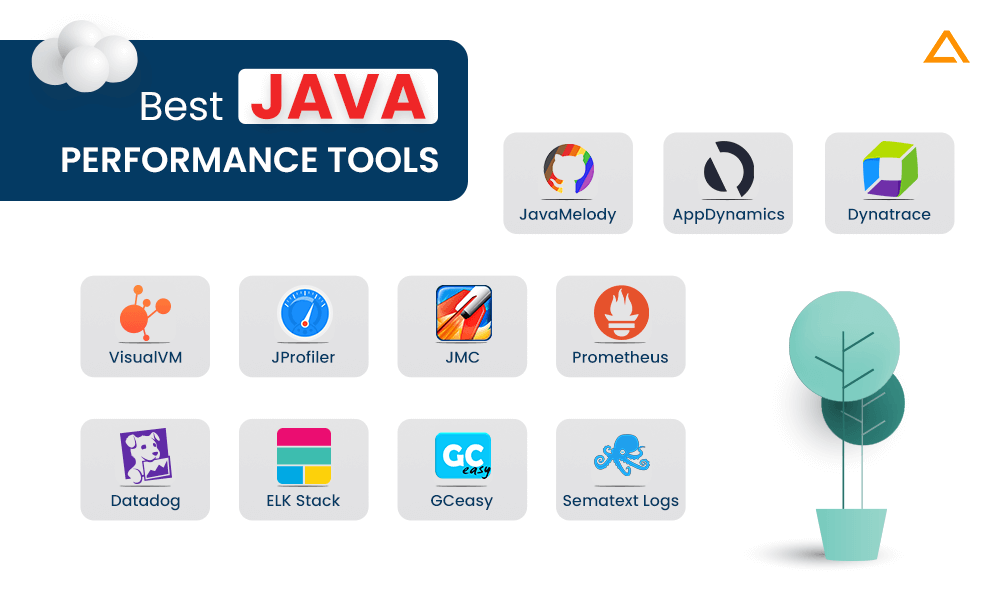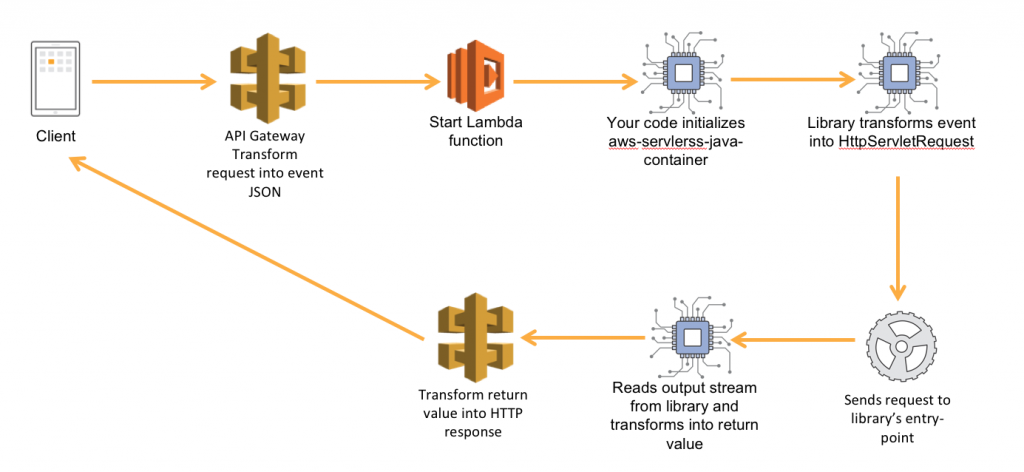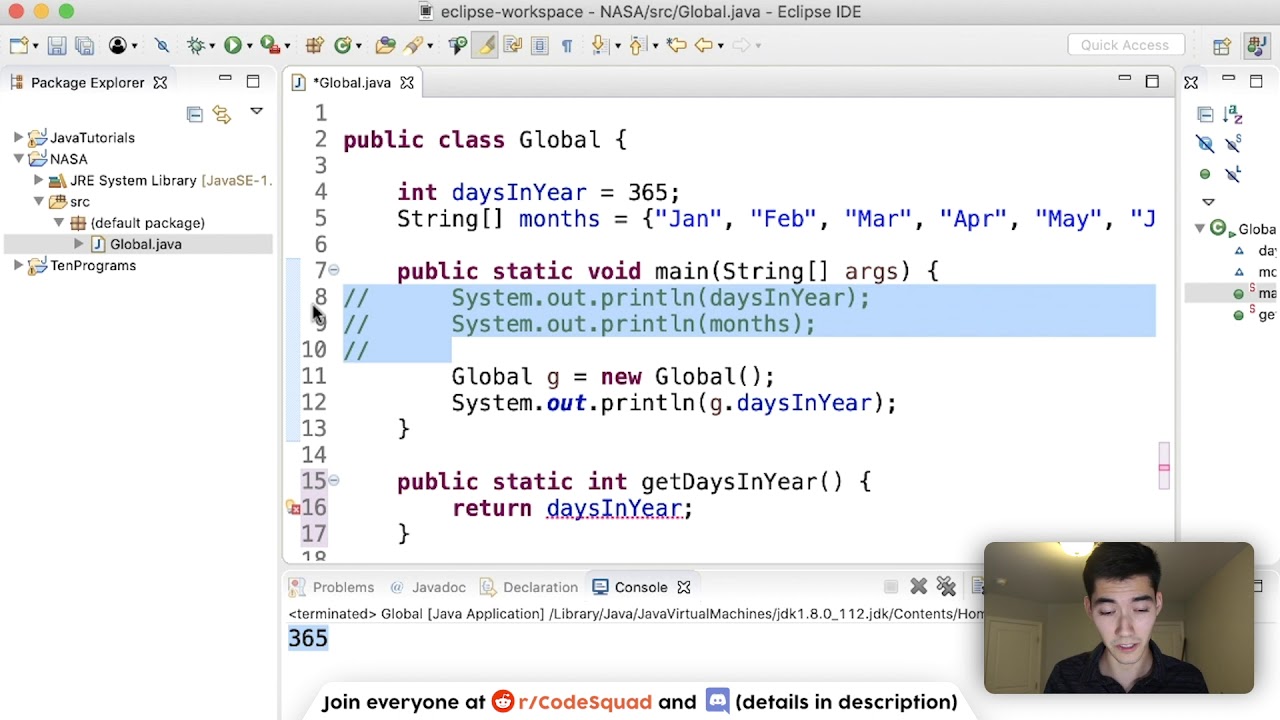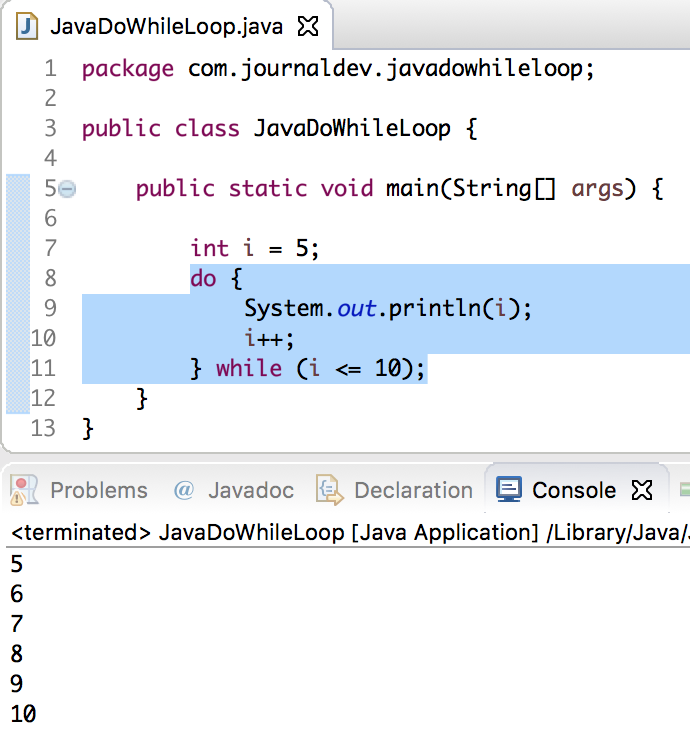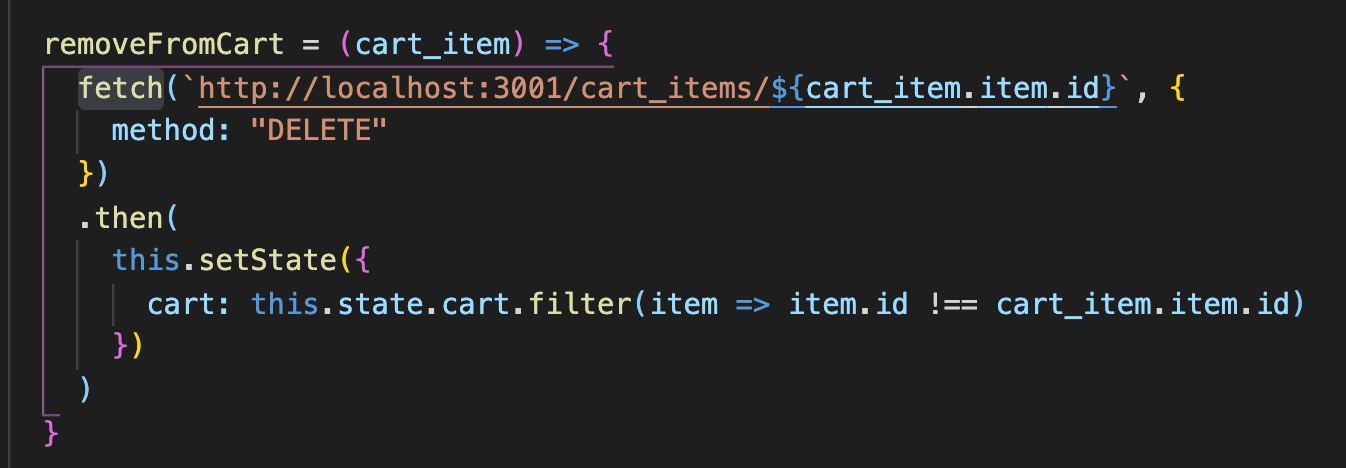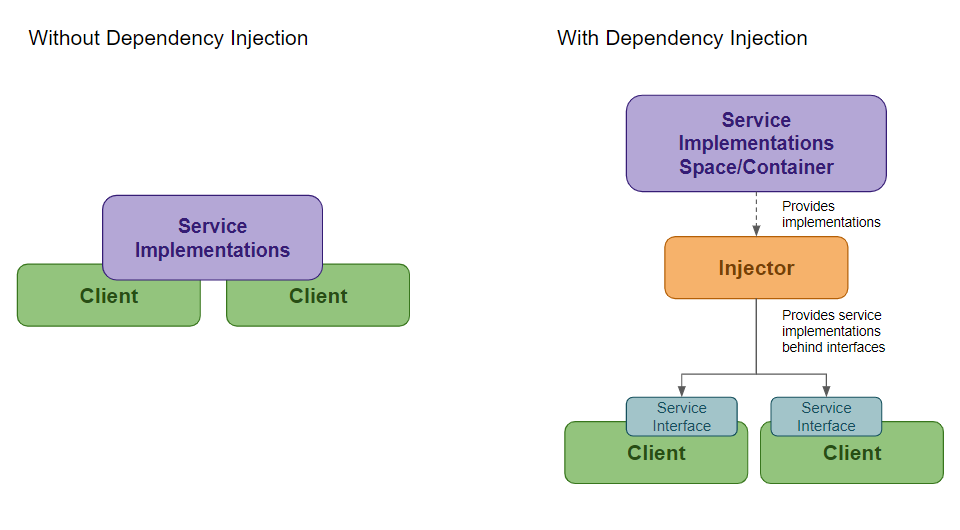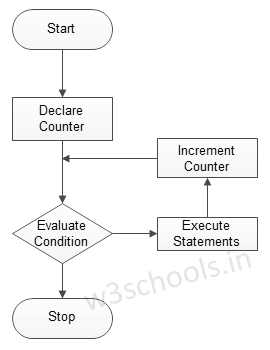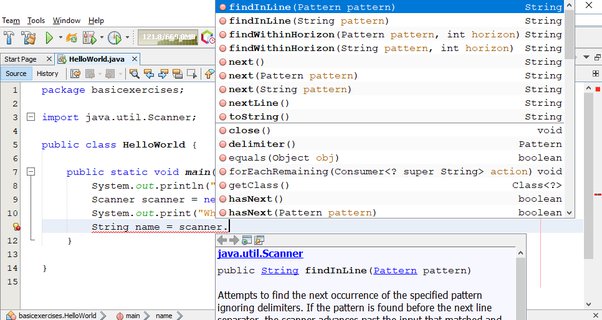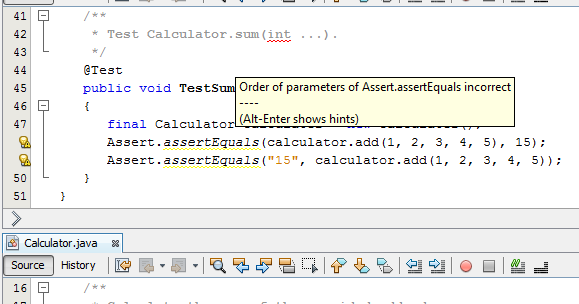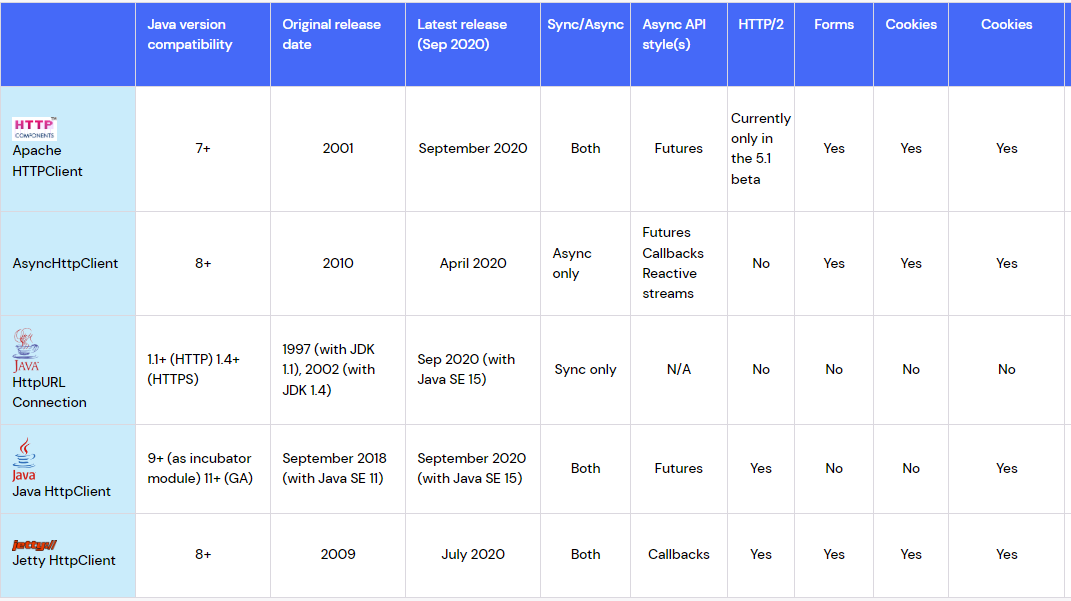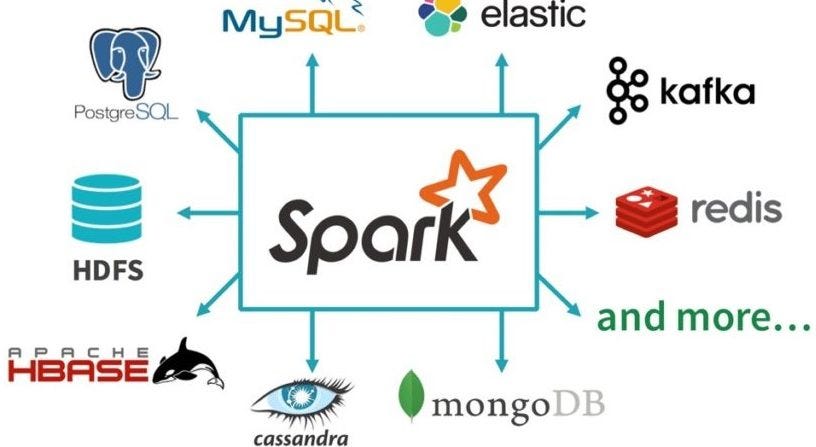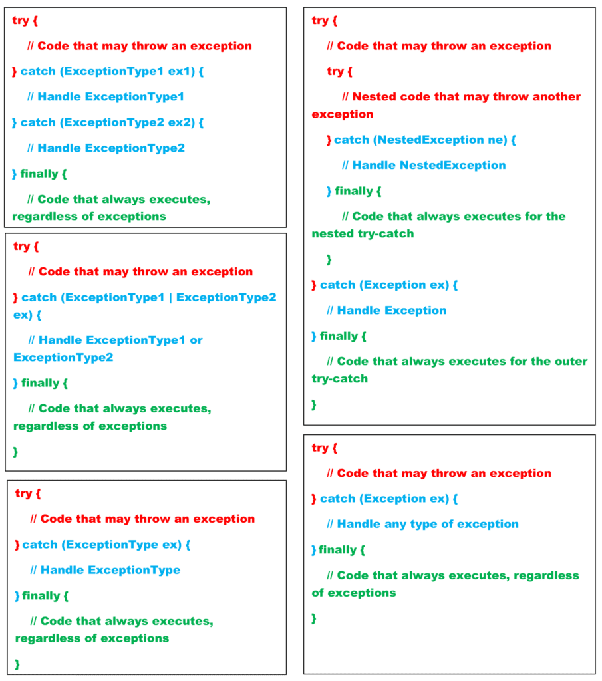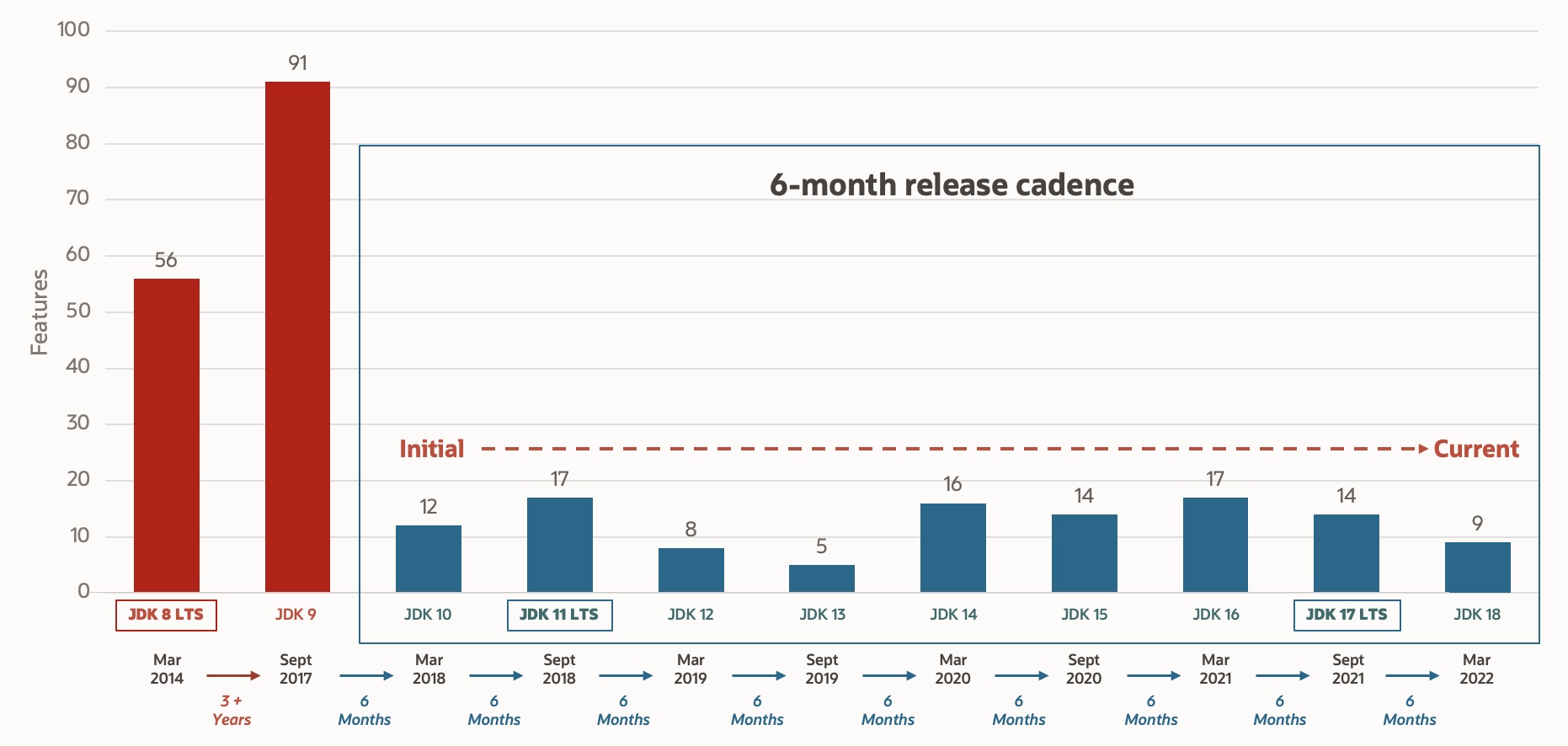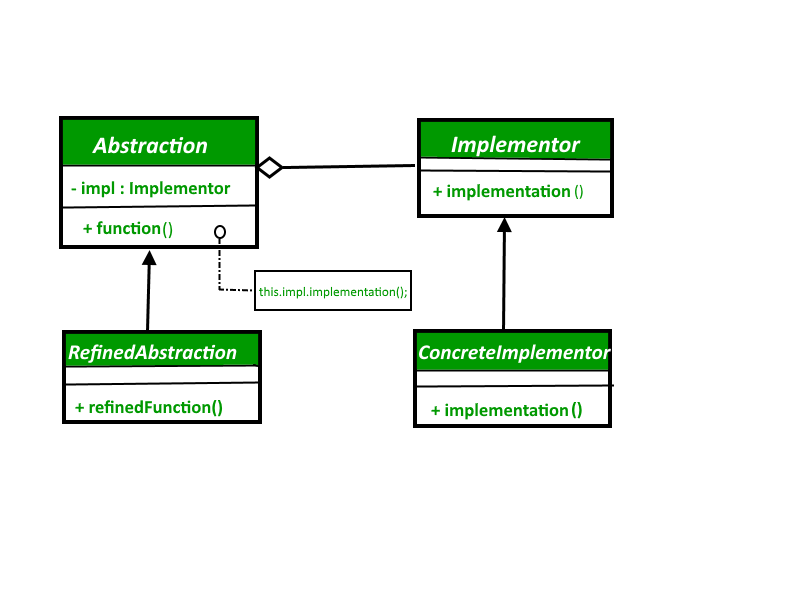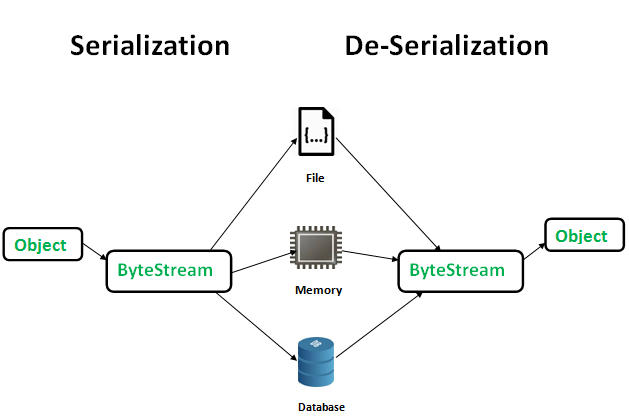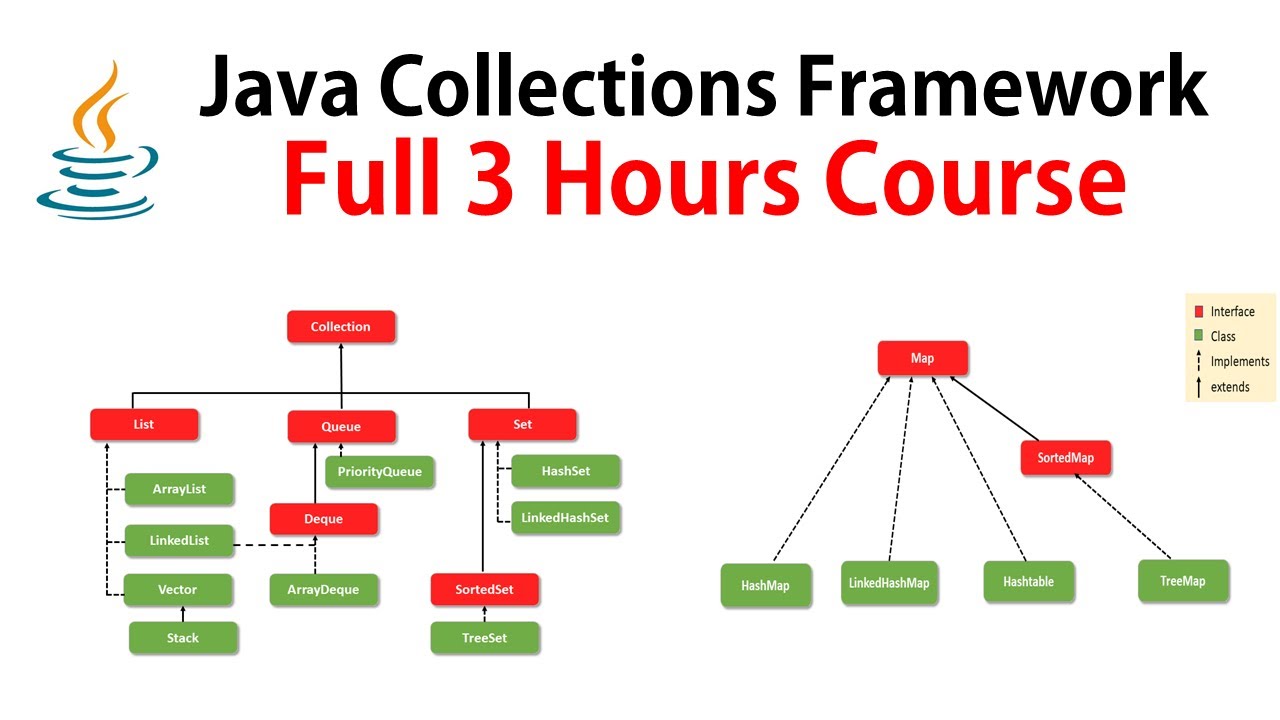java dependency injection spring
java dependency injection spring
Java Dependency Injection with Spring!
Dependency Injection (DI) is a software design pattern that allows components to be loosely coupled, making it easier to test and maintain code. Spring Framework provides excellent support for DI, enabling developers to write flexible, reusable, and scalable applications.
What is Dependency Injection?
In traditional programming, classes often create their own instances of other classes they depend on, leading to tightly coupled systems. This makes it difficult to change or replace individual components without affecting the entire system. DI turns this approach on its head by injecting required dependencies into a component from outside. This way, a class is no longer responsible for creating its own dependencies.
How Does Spring Support Dependency Injection?
Spring uses JavaBean-style dependency injection, where beans (objects) are instantiated and managed by the container (the Spring Framework). You can configure which beans depend on each other by declaring relationships between them using XML configuration files or annotations. Here are the key concepts:
Beans: Objects that you create, manage, and wire together to form a cohesive system. IoC (Inversion of Control) Container: A central registry where you configure and manage your beans. Dependency Injection: Spring injects dependencies into your beans based on the configurations.Spring provides two main approaches for declaring dependencies:
XML Configuration: You can define bean relationships using XML configuration files (beans.xml or applicationContext.xml). This is a simple, straightforward way to configure dependencies. Annotations: Using Java-based annotations (e.g., @Autowired, @Qualifier, and @Value) allows you to declare dependencies within your code.
Spring Framework's Core Components
BeanFactory: The core component responsible for creating and managing beans. ApplicationContext: A more comprehensive version of the BeanFactory, providing additional features like internationalization, caching, and support for multiple data sources. Dependency Injection: Spring provides various mechanisms for injecting dependencies into your beans:a. Autowired: Automatically injects beans or values into a target bean.
b. Qualifiers: Allows you to specify specific instances of dependencies to use.
c. Value injection: Injects literal values (e.g., strings, numbers) into a bean.
Benefits of Using Spring with Dependency Injection
Decoupling: Reduced coupling between classes makes it easier to test and maintain code. Reusability: Beans can be reused across multiple applications without modification. Flexibility: Easy configuration and injection make it simple to swap out dependencies or add new ones. Testability: Easier testing due to loose coupling and reduced dependencies.In conclusion, Spring's Dependency Injection mechanism allows you to create robust, scalable, and maintainable Java applications by decoupling components and providing a clear separation of concerns. With Spring, you can write flexible code that is easy to test and modify over time.
Java dependency injection example
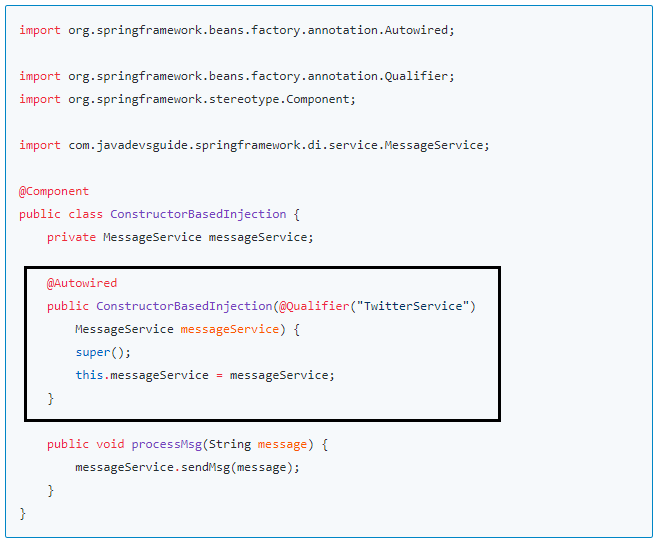
Here is a detailed example of Java dependency injection using the Spring Framework.
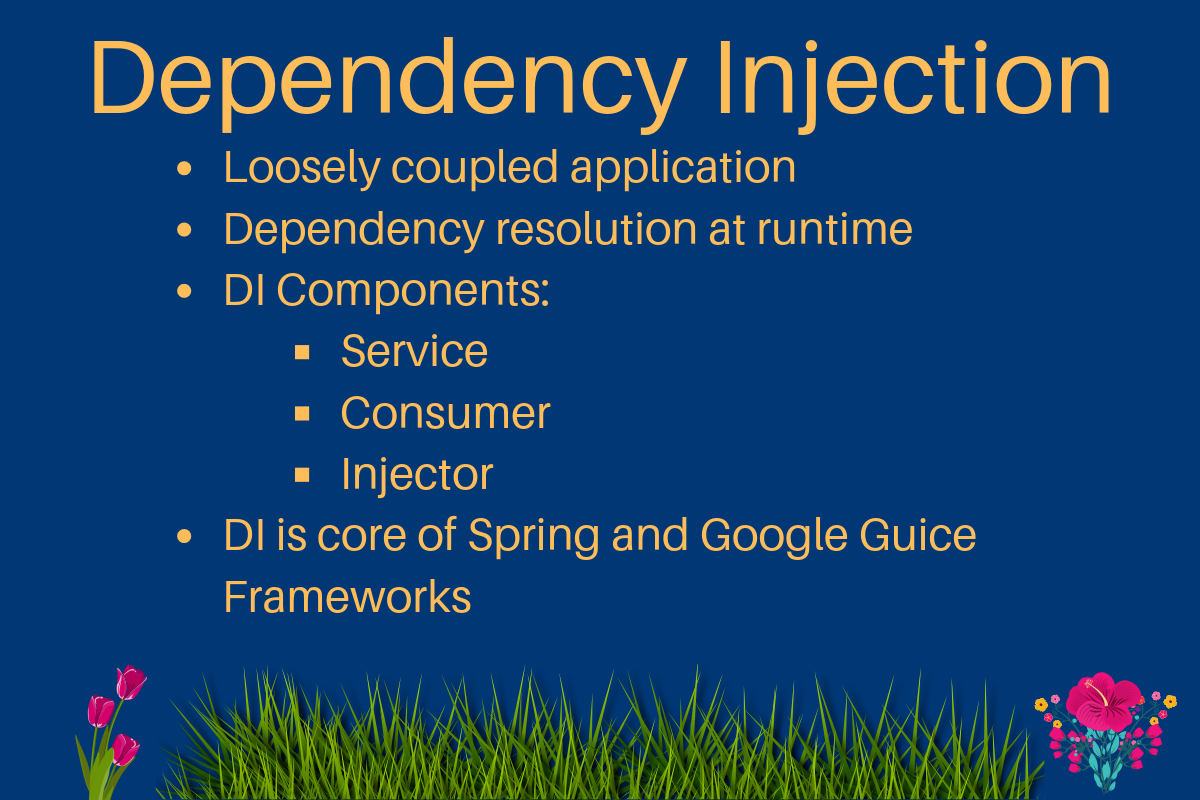
Suppose we have a simple banking application that has several components: Account, Transaction, and Bank. The Bank class uses an instance of the Transaction class to process transactions. We want to decouple the Bank from the concrete implementation of the Transaction class.
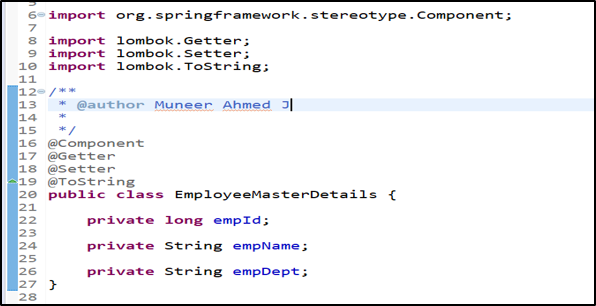
Using Dependency Injection (DI), we can define the dependency between these classes in a separate configuration file (e.g., Spring XML or Java Configuration) rather than having the Bank class create its own instance of the Transaction class.
Here's an example using Spring Java Configuration:
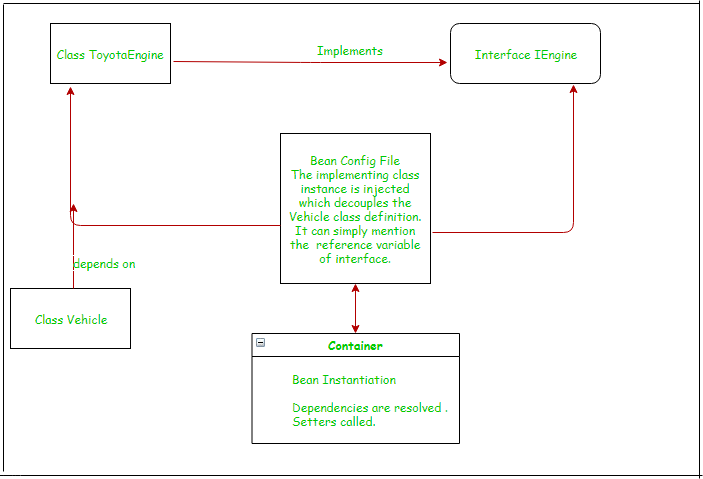
@Configuration
public class BankingConfig {
@Bean
public Transaction transaction() {
return new SimpleTransaction(); // or some other implementation
}
@Bean
public Bank bank(Transaction transaction) {
return new Bank(transaction);
}
}
In this example, we define two beans: transaction and bank. The transaction bean is a simple instance of the Transaction class. The bank bean takes an instance of the Transaction class as its constructor argument.
Now, let's implement the Account, Transaction, and Bank classes:
public class Account {private int balance;
public Account(int initialBalance) {
this.balance = initialBalance;
}
public void deposit(int amount) {
balance += amount;
}
}
public abstract class Transaction {public abstract void processTransaction(Account account, int amount);
}
public class SimpleTransaction extends Transaction {@Override
public void processTransaction(Account account, int amount) {
// Simulate some processing logic...
System.out.println("Processing transaction...");
}
}
public class Bank {private Transaction transaction;
public Bank(Transaction transaction) {
this.transaction = transaction;
}
public void makeTransaction(Account account, int amount) {
transaction.processTransaction(account, amount);
}
}
In the Bank class, we simply inject an instance of the Transaction interface through its constructor. We can then use this instance to process transactions.
To use these classes, we create a Spring application context and define our beans:
public class Main {public static void main(String[] args) {
AnnotationConfigApplicationContext context =
new AnnotationConfigApplicationContext(BankingConfig.class);
Bank bank = context.getBean(Bank.class);
Account account = new Account(100);
bank.makeTransaction(account, 50); // Process a transaction
}
}
In this example, we create an instance of the Bank class using the Spring application context. We then use the makeTransaction method to process a transaction.
By injecting dependencies through the configuration file (Spring Java Configuration), we decouple the Bank class from the concrete implementation of the Transaction class. This makes it easy to swap out different implementations of the Transaction class without modifying the Bank class itself.
This is just one example of how Dependency Injection can be used in Java using the Spring Framework. There are many more powerful and complex scenarios where DI can be applied, but this should give you a basic understanding of the concept.
